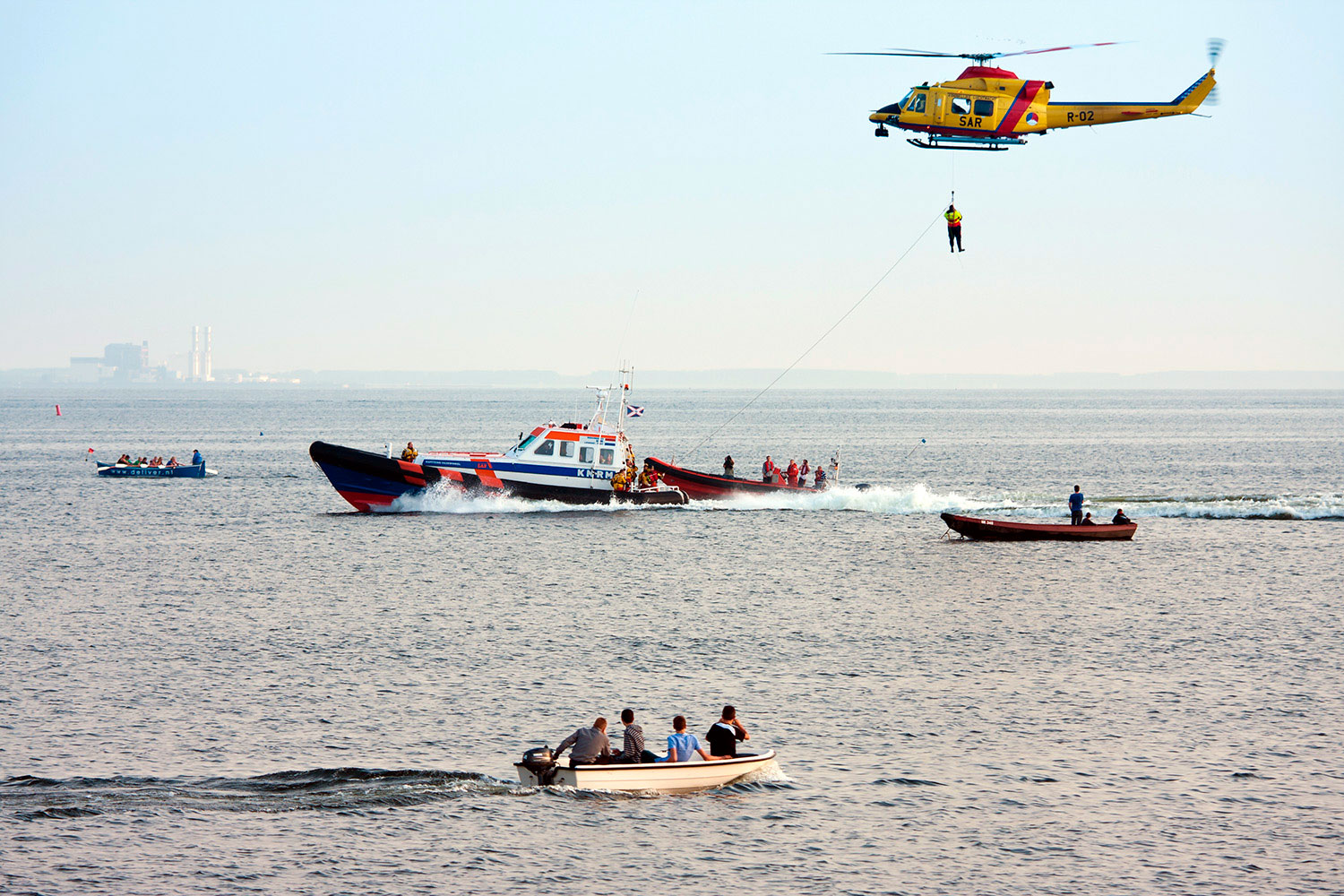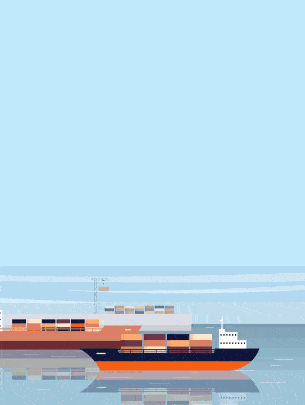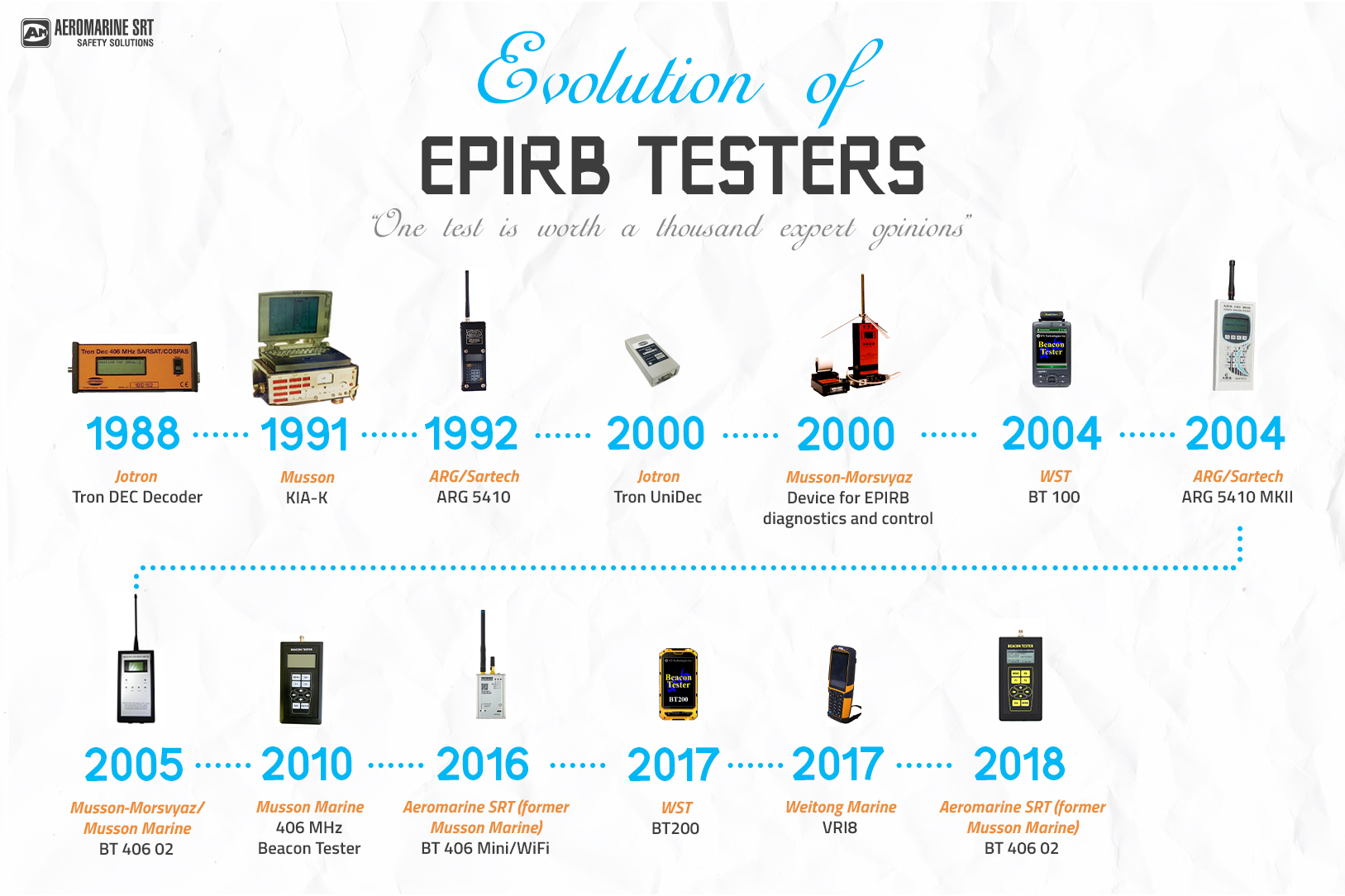A system that saves lives. Statistics & facts about the Cospas-Sarsat and 406 MHz distress beacons
Cospas-Sarsat is an international satellite-based system. It detects and locates the radio beacons activated by persons, aircraft or ships in life-threatening situations. The alert data is forwarded to authorities responsible for rescue operations.
Most people have hardly heard of this technology, while beacons interacting with the Cospas-Sarsat system surround us everywhere. They are on the life rafts in the aircraft, as well as in the cabins of pilots. They are found on almost every ship sailing in international waters, and often on the lifejackets of the crews. Emergency beacons are installed on many recreational craft. They may be in the backpacks of hikers, alpinists, or people working in remote areas - regions where the Cospas-Sarsat radio beacon may be the only means of communication in a situation critical for life.

You can learn more about this technology on the Cospas-Sarsat website, and below we will give you some interesting facts related to the history and functioning of this system:
-
Since September 1982, more than 52,000 people have been rescued in 16,000 search and rescue operations using data from the Cospas-Sarsat System. On average, 7 lives are saved every day!
-
The founders of the system are 4 countries: Canada, France, the former Soviet Union (later the Russian Federation) and the United States. Together with the other 41 participating countries and agencies, they have entered into cooperation to carry out the mission of detecting and disseminating life-saving emergency messages in more than 200 countries around the globe at no cost.
-
Cospas-Sarsat is a component of the IMO Global Maritime Distress and Safety System (GMDSS). It is also planned that it will become part of the ICAO Global Aeronautical Distress and Safety System (GADSS).
-
Cospas-Sarsat transceivers are placed on board meteorological or navigation satellites as a secondary payload. There are currently about 50 such satellites. Sharing space platforms helps reduce costs.
-
Another unique feature of the Cospas-Sarsat system is that it is able to determine the location of an activated beacon not only based on the data encoded in the beacon message, but also using only the signal characteristics.
-
Cospas-Sarsat is not related to the production or sale of 406 MHz distress beacons. Its function is to control. None of the beacons will enter the market until the organization confirms that the device of this type meets its strict requirements. The system-compatible beacons are produced by dozens of companies and can be purchased from the manufacturers themselves, as well as from their representatives or dealers.
For the first time, lives were saved using the Cospas-Sarsat technology on September 10, 1982: a single-engine light plane crashed in Canada, 3 people were rescued.
Here is the story in brief. In July 1982, a plane lost in the mountains of British Columbia (Canada). The Canadian Government conducted an extensive search for the pilot. It did not yield any results, while the cost of the search operation was $2 million.
The father of the missing pilot decided to continue the search at his own expense and hired a private plane. On September 9, the regional Rescue Coordination Center (RCC) received a notification that the aircraft had not returned to base. There was no information about the area in which the accident could have occurred.
It should be mentioned here that in July 1982, the first satellite with a payload of Cospas-Sarsat was launched into orbit - the Soviet COSPAS-1. The Canadian RCC was aware that its government had started working with COSPAS-1, so they requested data from this satellite. On the morning of 10 September, the satellite was expected to pass over that region. The data was processed and a radio beacon signal in northern British Columbia was detected. A search plane was sent to the designated area. It detected a weak distress signal, and after a final “homing”, the exact location was determined. A rescue helicopter was called, which evacuated 3 people from the crashed aircraft. All of them were seriously injured, but survived. The data received from the satellite made it possible to provide timely assistance and save people. It is also important that the cost of the rescue operation was minimal.
Another representative case that had an impact on the further development of rescue technologies used at sea.
In 1984, seven crew members of a fishing boat disappeared off the Atlantic coast. Obviously, there was no emergency beacon on board. The US Air Force and Coast Guard spent more than $12 million on the search, but it was unsuccessful. This accident was one of the reasons why the Coast Guard made it mandatory in 1988 for all 127,000 US-registered fishing vessels to have distress radio beacons. The International Maritime Organization issued a requirement that all merchant ships of more than 30 gross tons (about 60,000 ships worldwide) must carry this type of equipment.
* * *
Thus, Cospas-Sarsat not only sharply increases the chances of rescuing people in distress, but also, thanks to the high accuracy of determining the beacon location, increases the efficiency of the use of government resources. It also reduces the risks that rescuers face when searching in dangerous conditions.
By Olga Davydova




Be the first to comment